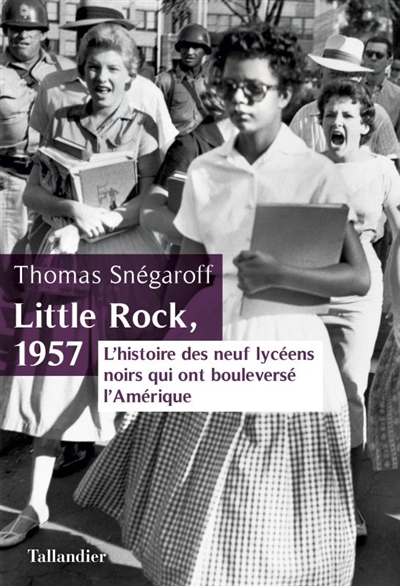par Ramirez, Victoria ; Bob Bullock Texas State History Museum
Bullock Texas State History Museum ; University of Texas Press
2016 -
-
Disponible - 973.2 SEE
Niveau 2 - Histoire
Résumé : Exhibitions featuring more than five hundred original artifacts spanning thirteen thousand years and a robust calendar of special exhibitions, films, and programs are the hallmark of the Bob Bullock Texas State History Museum, Texas's official history museum. The Bullock collaborates with more than seven hundred museums, libraries, archives, and individuals to display original historical artifacts and produce exhibitions that illuminate and celebrate Texas history and culture. The book features seventy artifacts that have been on view at the Bullock Museum. Reflecting history, both individually and collectively, the artifacts represent all eras, regions of the state, and genres. The artifacts in the collection range from Texas's quintessential founding documents to items from everyday life, works of art, and objects that show the state as a leader in science and technology. This book does what museums do best, presenting history as artifact, inviting readers to closely examine historical objects and consider how the past shapes the future. - Note de l'éditeur

 Les bibliothèques de la ville de Paris
Les bibliothèques de la ville de Paris
 Les bibliothèques universitaires
Les bibliothèques universitaires
 La BnF
La BnF
 L'encyclopédie Wikipédia
L'encyclopédie Wikipédia
 L'Encyclopædia Universalis
L'Encyclopædia Universalis
 La bibliothèque du film
La bibliothèque du film
 La médiathèque de la Philharmonie de Paris
La médiathèque de la Philharmonie de Paris














